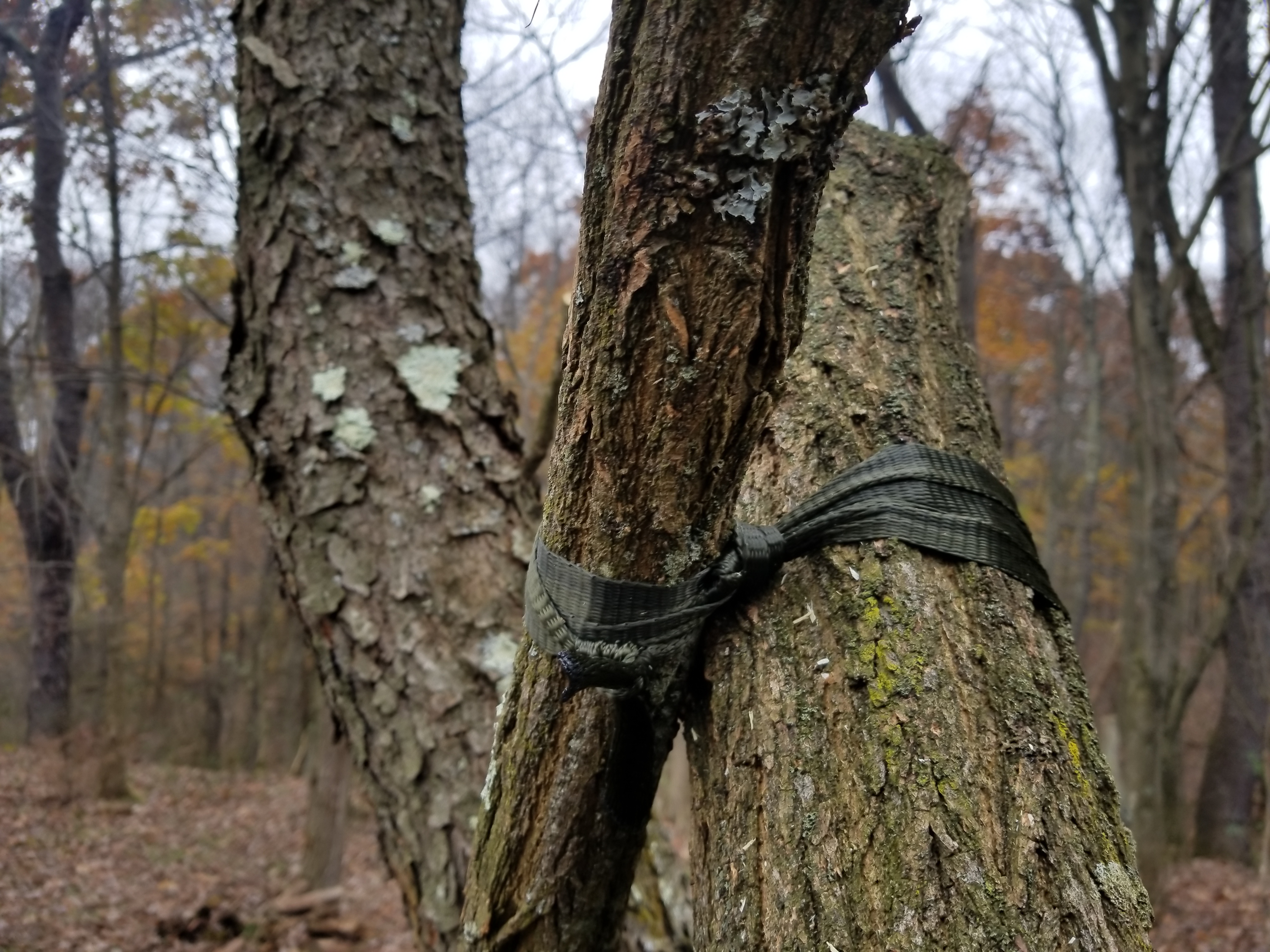How to Make an Oil Cloth Tarp in 7 Easy Steps

Traditional Lesson from Nanook
Things You Will Need to Make an Oil Cloth Tarp
– You will need a high thread count bed sheet of %100 cotton material.
I like to use a twin size sheet because it is very close to a 6×8 tarp.
*If you wish to color your tarp you can make a natural dye and dry it before hand but it is just as easy to buy a bed sheet of your color choice and skip this step completely.
– 8oz of Boiled Linseed Oil
– 8oz of turpentine OR mineral spirits
– Pot/Coffee tin or a #10 metal tin can
– Stir stick
– 5 gal bucket
*heat source preferably out of doors that is well ventilated
Pour 8oz of BLO in a pot or a larger “coffee tin” and begin warming it over a heat source.
DO NOT BOIL– vapors will escape and they are very, very flammable!
1. Pour in the 8oz of turpentine, slowly; and stir while you are adding to the mix.
2. Pull from the heat source
3. Let cool enough that you will not burn yourself but, still warm to the touch.
4. Pour warm mixture in 5 gal bucket.
5. Place bed sheet in bucket and fully submerge in the liquid. Fold and wring it a few times to make sure it is completely saturated.
6. When you remove the sheet, take one corner and fold it over itself and start rolling it in a tight roll. Wring out the excess liquid, IF ANY.
7. Hang in an open area and let the sun and wind begin to dry out your work.
It should be hung from one side lengthwise for 4-6 hours and then flipped upside down, repeating that process 2 or 3 times. This will keep the tarps treatment more uniform.
The tarp should be hung out to dry for at least a week.
*It will be “cured” fully in fair weather conditions within a month and lose any BLO scent.
Upkeep and Maintenance of Your “Oil Cloth Bed Sheet Tarpaulin”
If you experience drips or wet spots after a rain and want to repair it in the field you can simply hold close to a fire…and reheat the oil and re saturate the area in need.
If at any time the sheet tears or rips, you can repair it in the field easily with thread and needle.
You will want to then use the “waterproofing paste” that I will mention later in this informative to treat the seams of your repair!
A Few Things to Consider for Your Oil Cloth Tarp
You can add tie downs and loops , pockets if you wanted to but this is a great as is tarp project that will be slightly over 2 pounds in overall weight if done as directed.
The larger the tarp, the more it will take to treat it and the added size of the sheet will add LOTS OF WEIGHT to your finished tarp.
PRE-WASH and shrink the cotton if you can, this will even further tighten up the weave.
After the first few “hang,dry,flip” processes you can just leave it hanging with no fuss until it’s dry to your liking.
It will smell at first. It will smell less if it’s left outside to cure for an extended period.
Do not drape over a fence or wire, this will create a fold and there will be less treatment at this point and could possibly become a weak or leaky area on your tarp.
I don’t fold it up tight and store it until the tarp is fully dry, if circumstances be that you must move it and store away, so be it, but it will just take longer to cure.
You can treat most cotton clothing within reason and it will soon become more rugged and weather resistant.
DO NOT THROW AWAY THE EXCESS TREATMENT if you have any left in the bucket..pour the leftover in a small tin, add a pinch of beeswax and re heat until it is a uniform liquid.
Let set and you will now have a very useful waterproofing “paste” that can be used to treat your leather goods and gear!
We can go into many other projects from here, this is just the beginning process to then create anything we want- for now, go ahead and give making an oil cloth bed sheet tarp a try!




